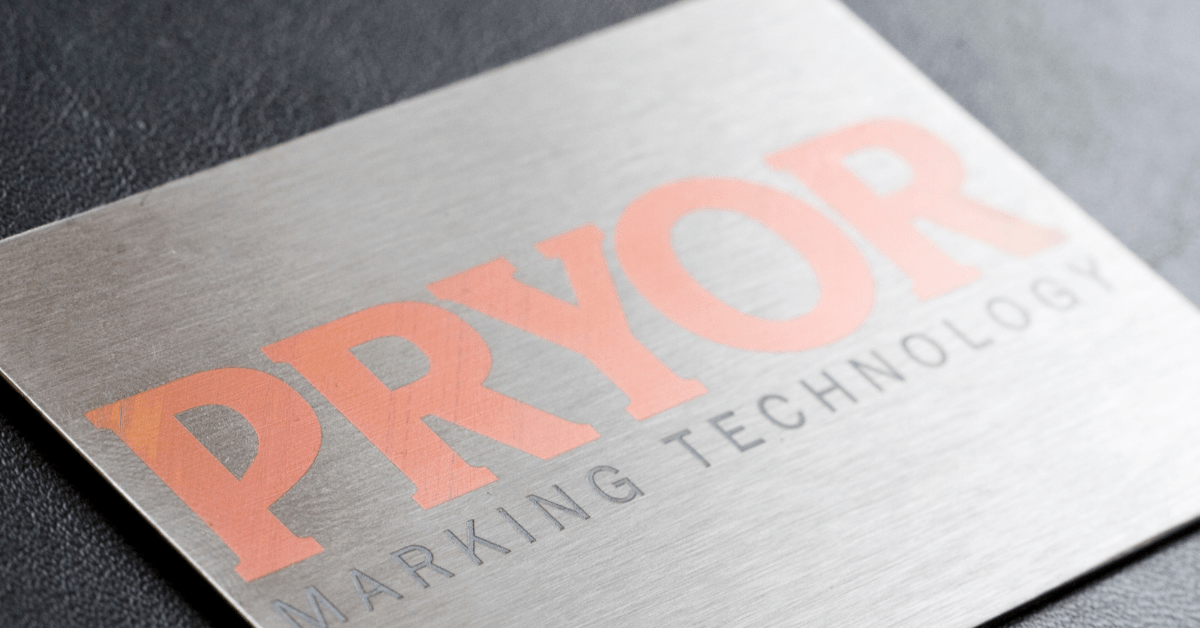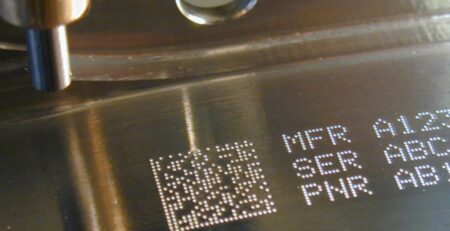What is ISO/IEC TR 29158?
ISO/IEC TR 29158 is an ISO specification regarding the quality of Direct Part Marks.
It can be used in any application, but is common in automotive manufacturing and some military applications.
The standard is based on ISO1415 which is a quality grading system for printed, black and white Data Matrix codes. The AIM-DPM requirements have extended it to incorporate the quality of Direct Part Marks which, because they are typically made by indentation of the substrate are low contrast and harder to read / decode. The standard incorporates some requirements regarding contrast, and is therefore applicable to laser marked Data Matrix codes as well as Dot Peen. For that reason it is very commonly used in automotive applications, whereas AS9132 is more common in aerospace applications.
ISO/IEC TR 29158 defines 5 grades of quality for a Data Matrix code:
Grade 4 = Grade A = Best Pass
Grade 3 = Grade B
Grade 2 = Grade C
Grade 1 = Grade D = Worst Pass
Grade 0 = FAIL
The standard measures various parameters, such as:
- Cell modulation – if cells across a code range from black to light grey or the background ranges from white to grey then a code can fail for cell modulation. It is important to have consistent, uniform lighting across the full code during verification in order to pass this element of the standard
- Contrast – calculated as the difference between the dark and light cells of the code. With a grey background and grey cells, the code will fail due to lack of contrast
- Fixed Pattern Damage – if the image shows damage to the quiet zone, the L-shape finder border or the alternating timing pattern, then the code will fail for Fixed Pattern Damage
- Axial Non-Conformity – if the code is stretched in 1 axis, for example a square code appears rectangular on the image, then it will fail axial non-conformity





